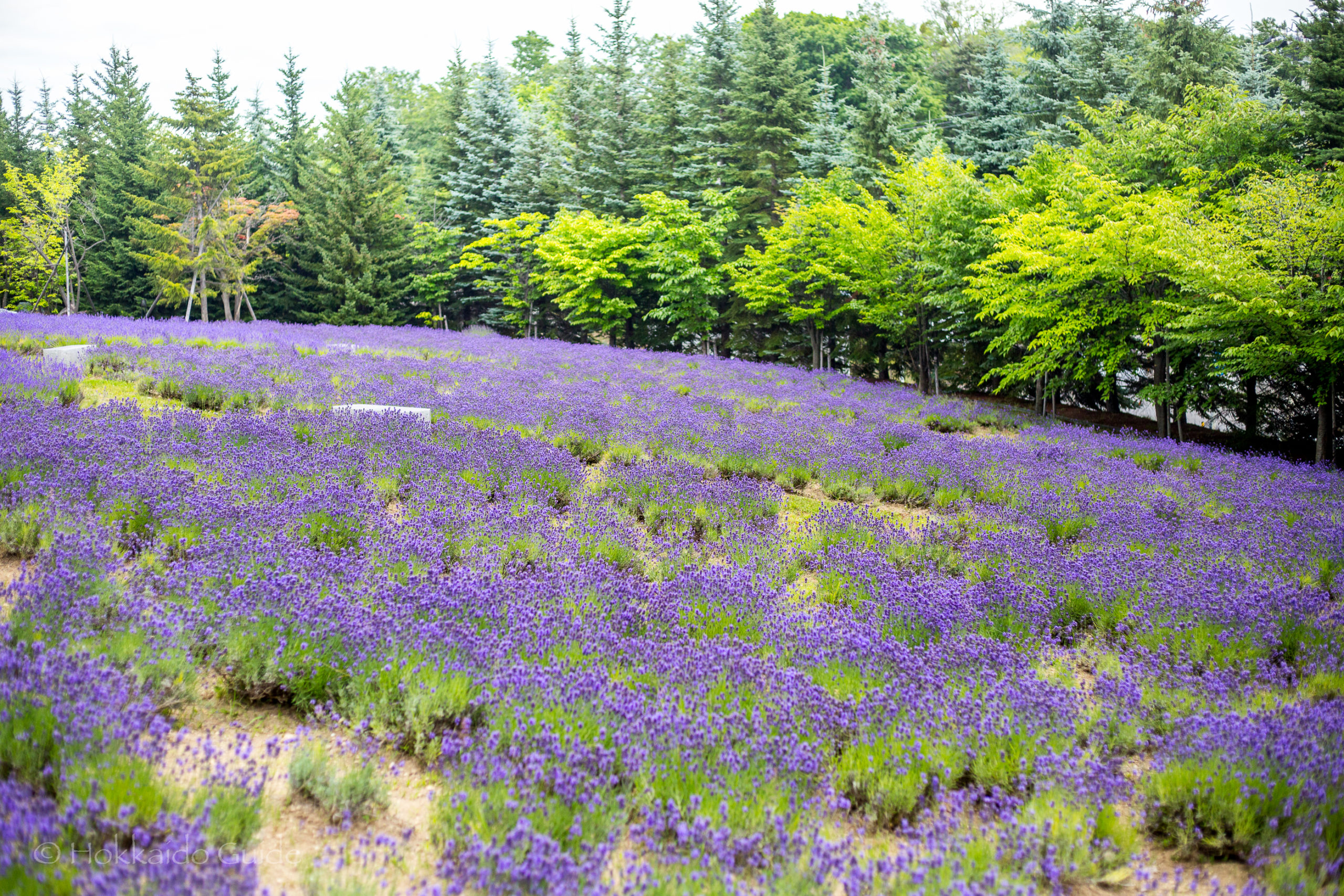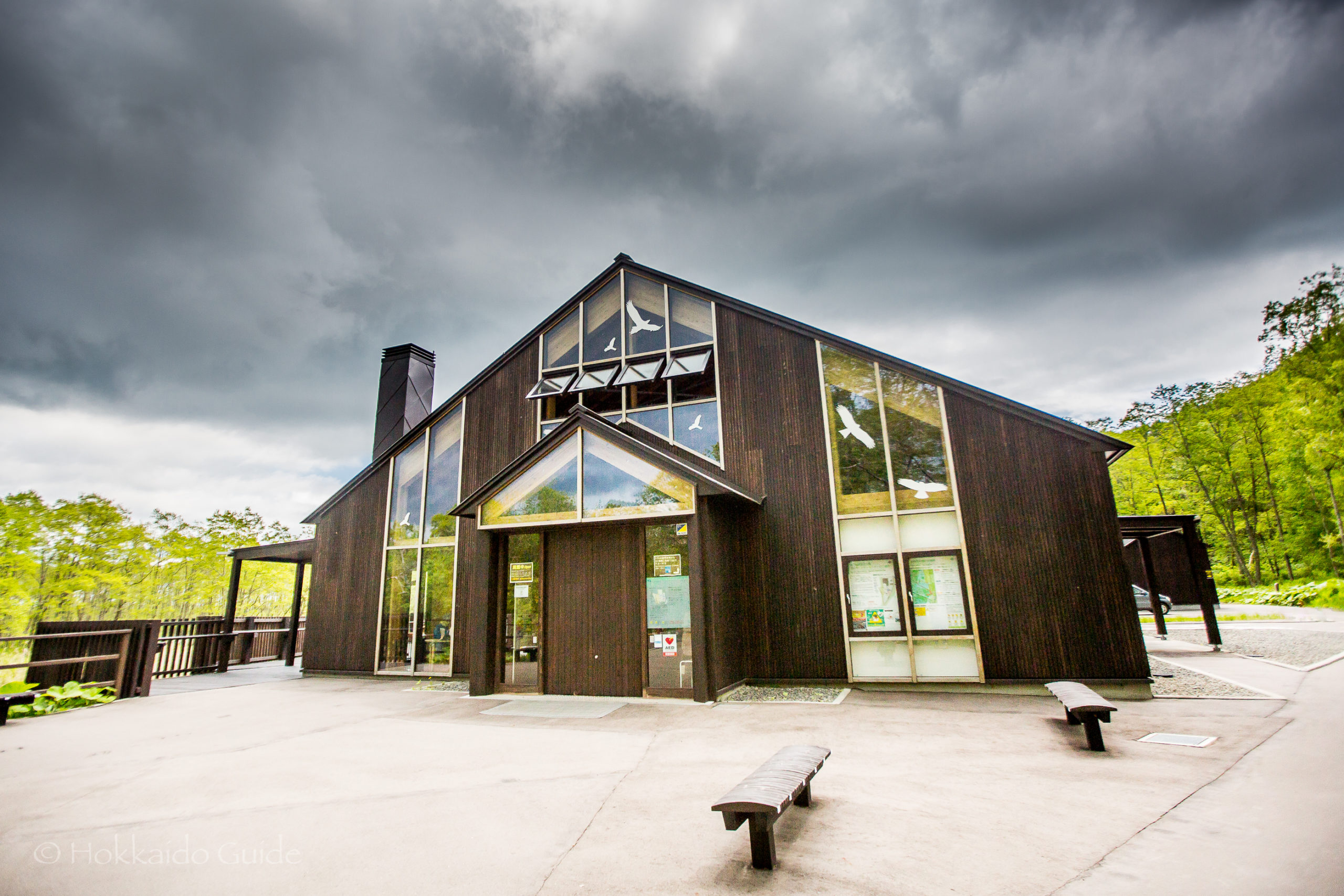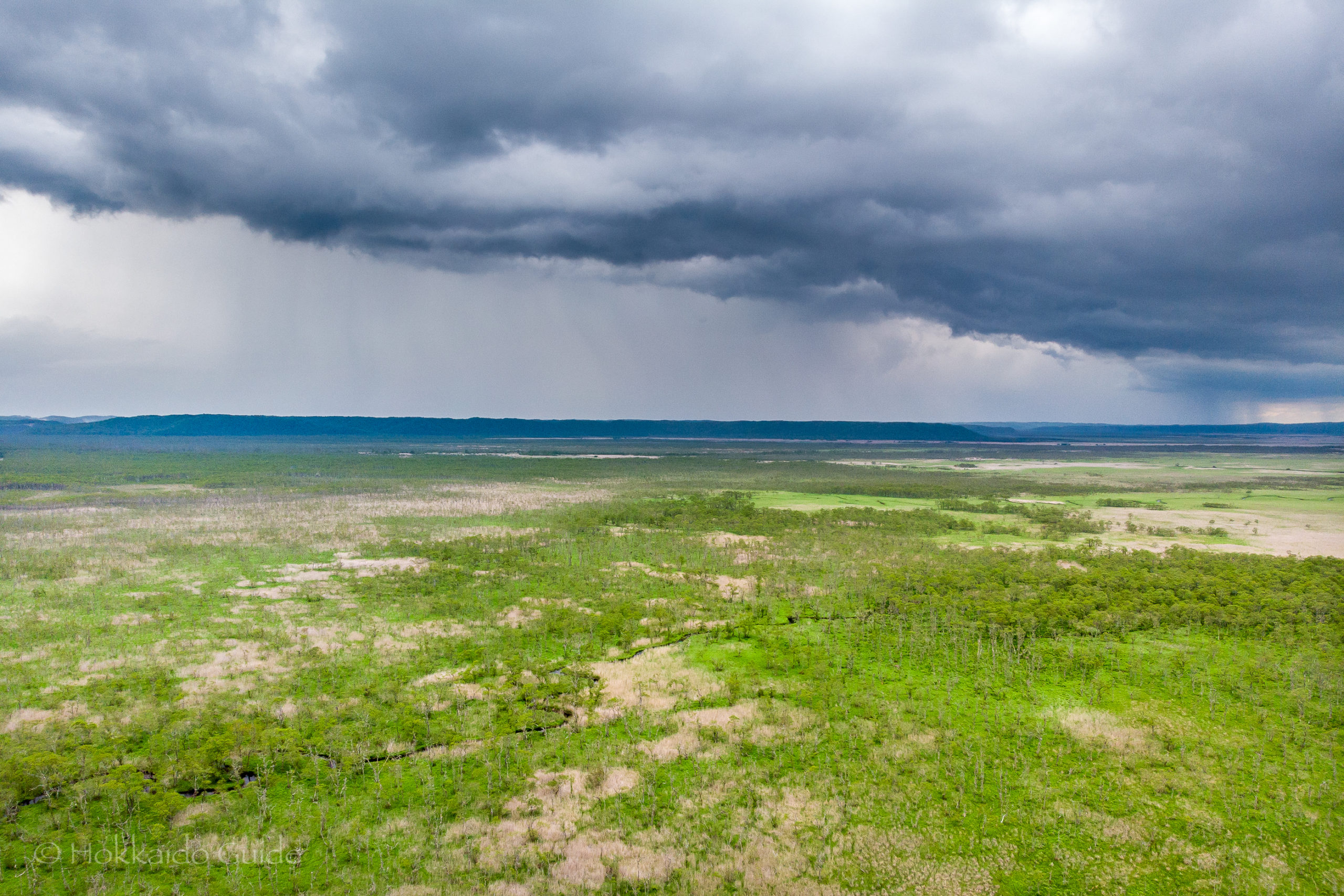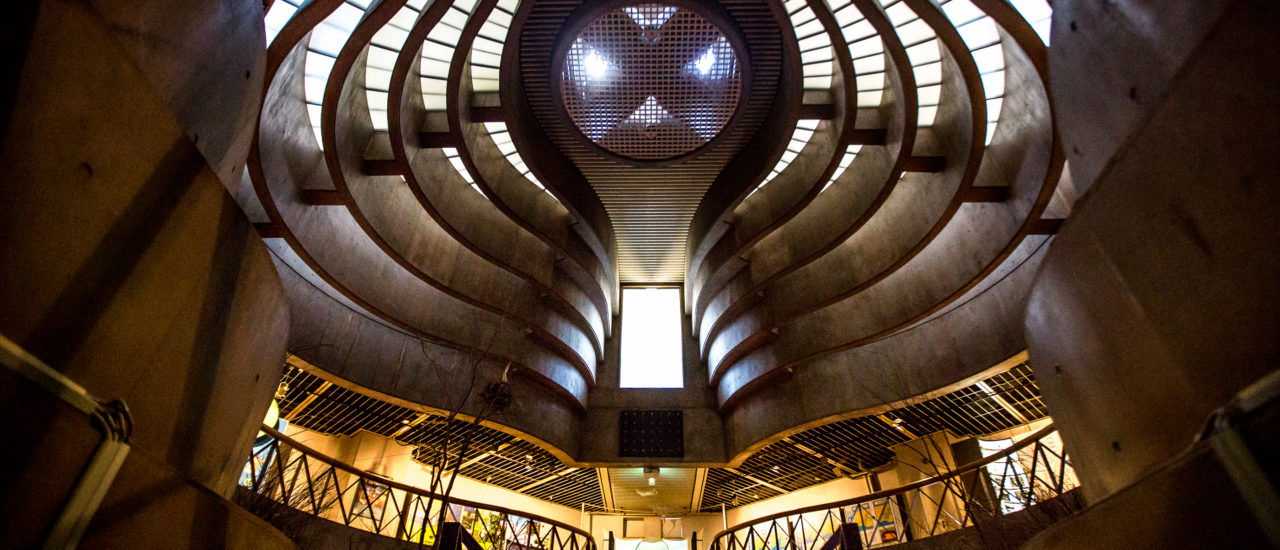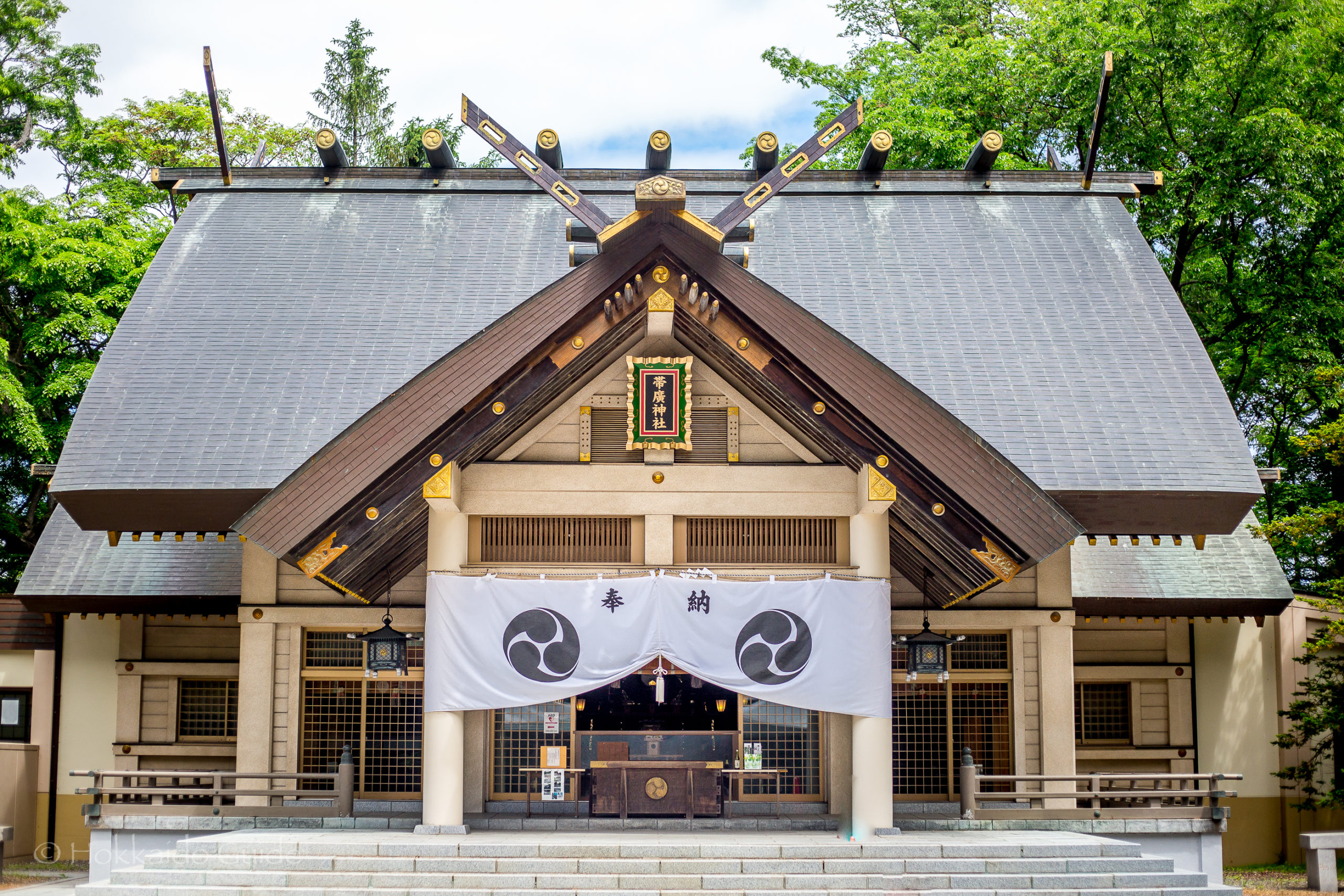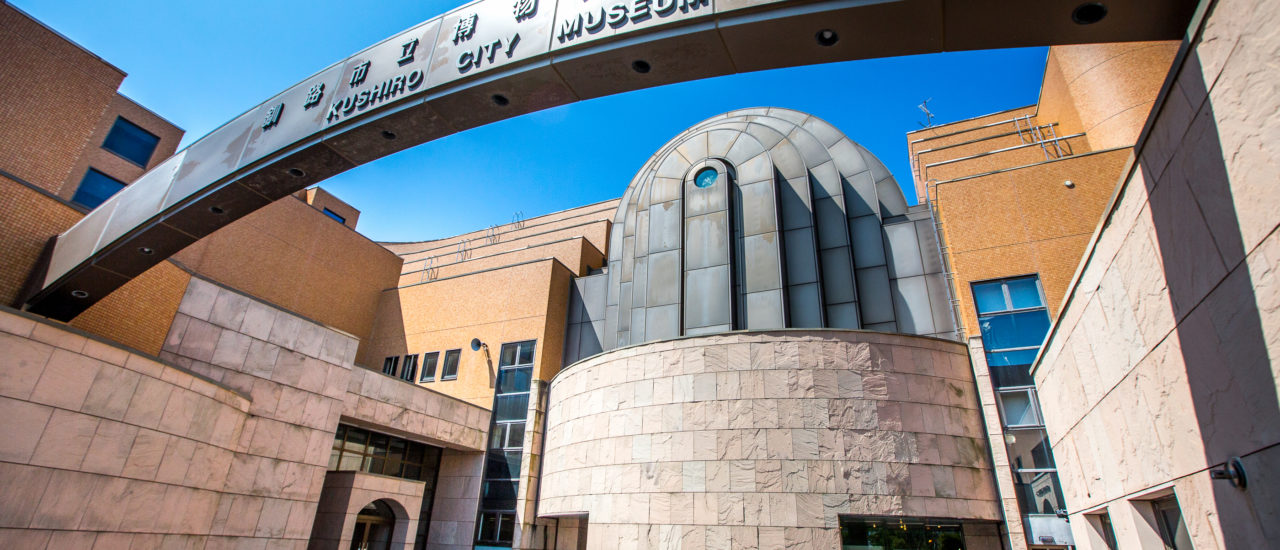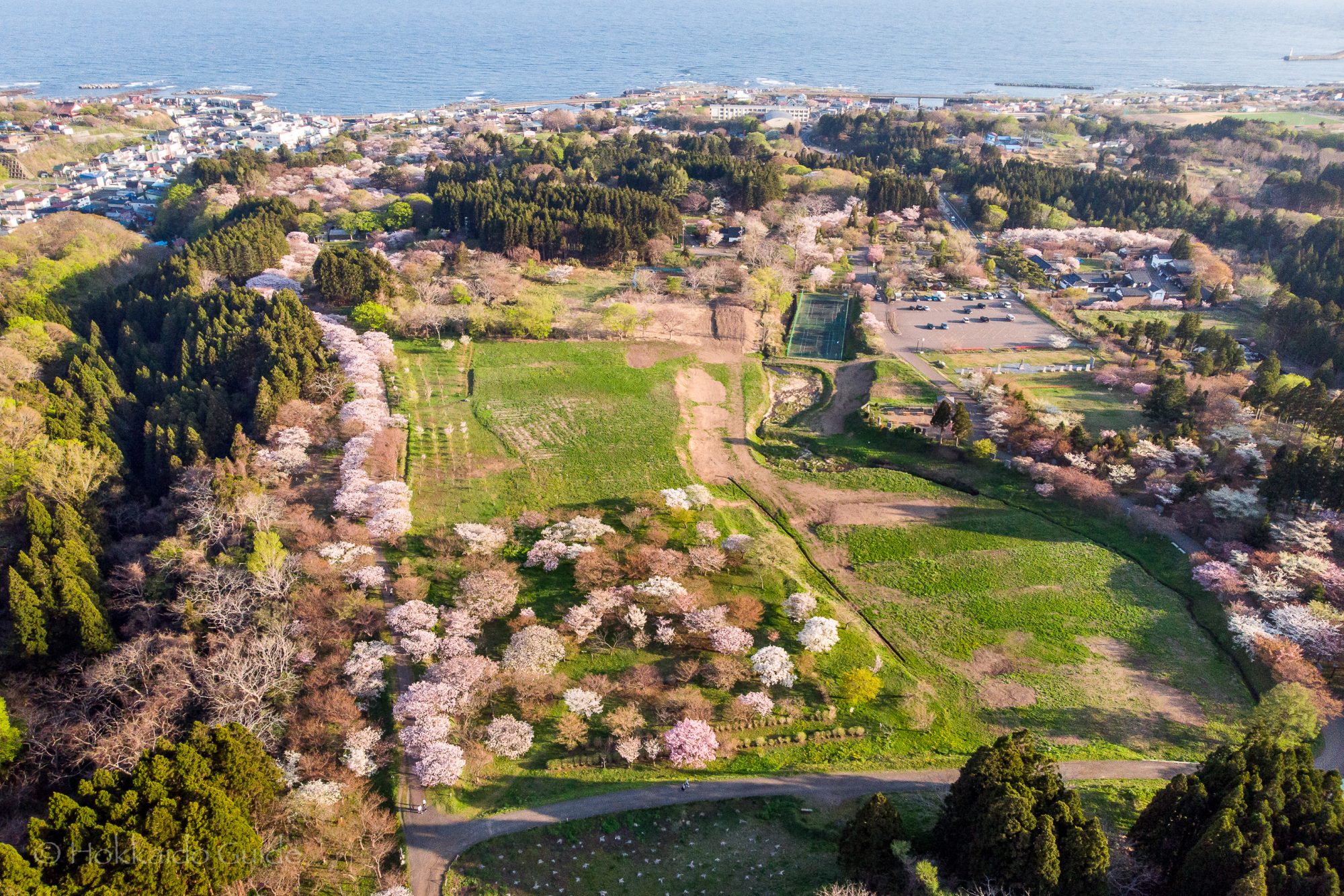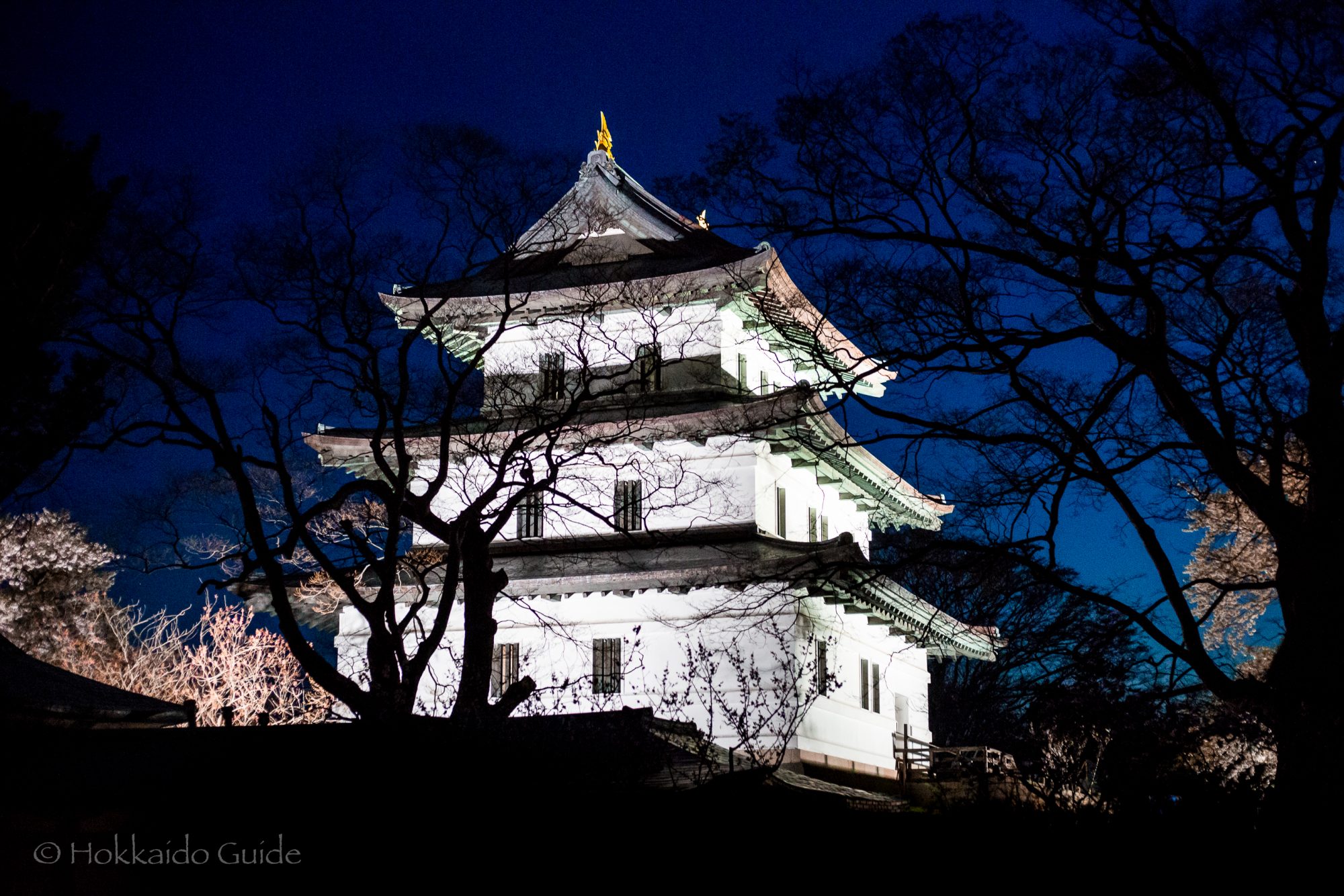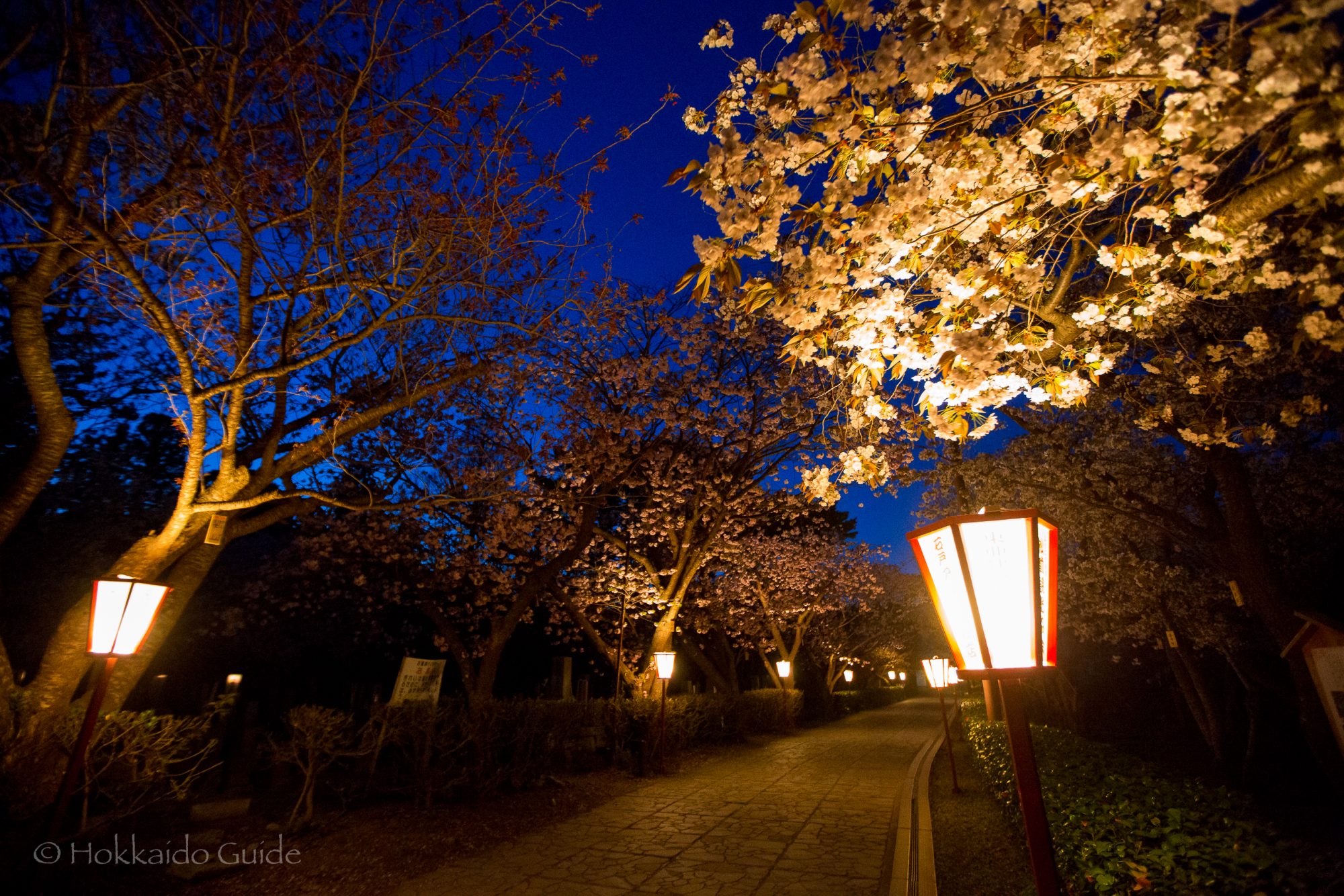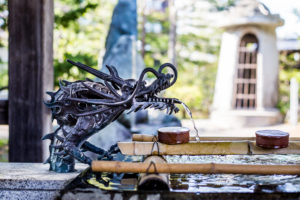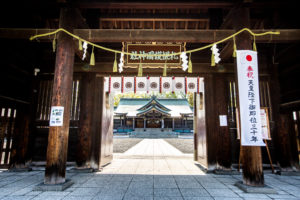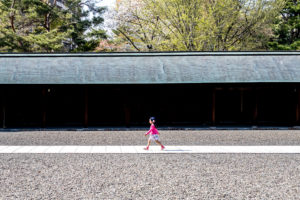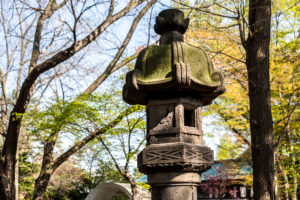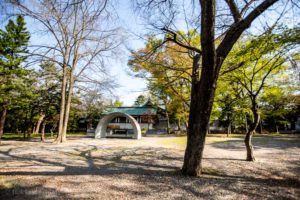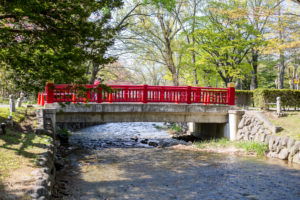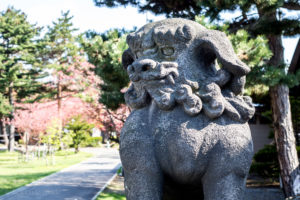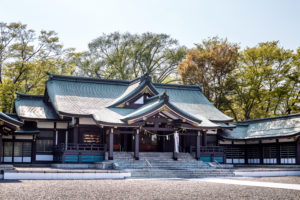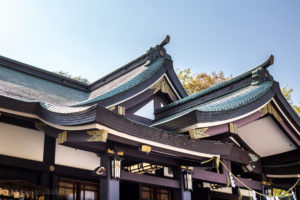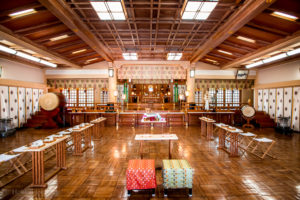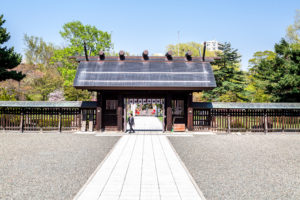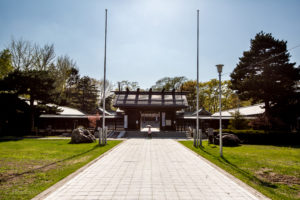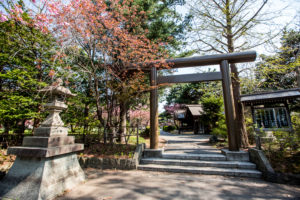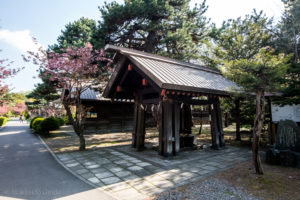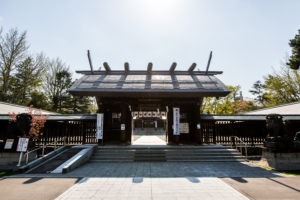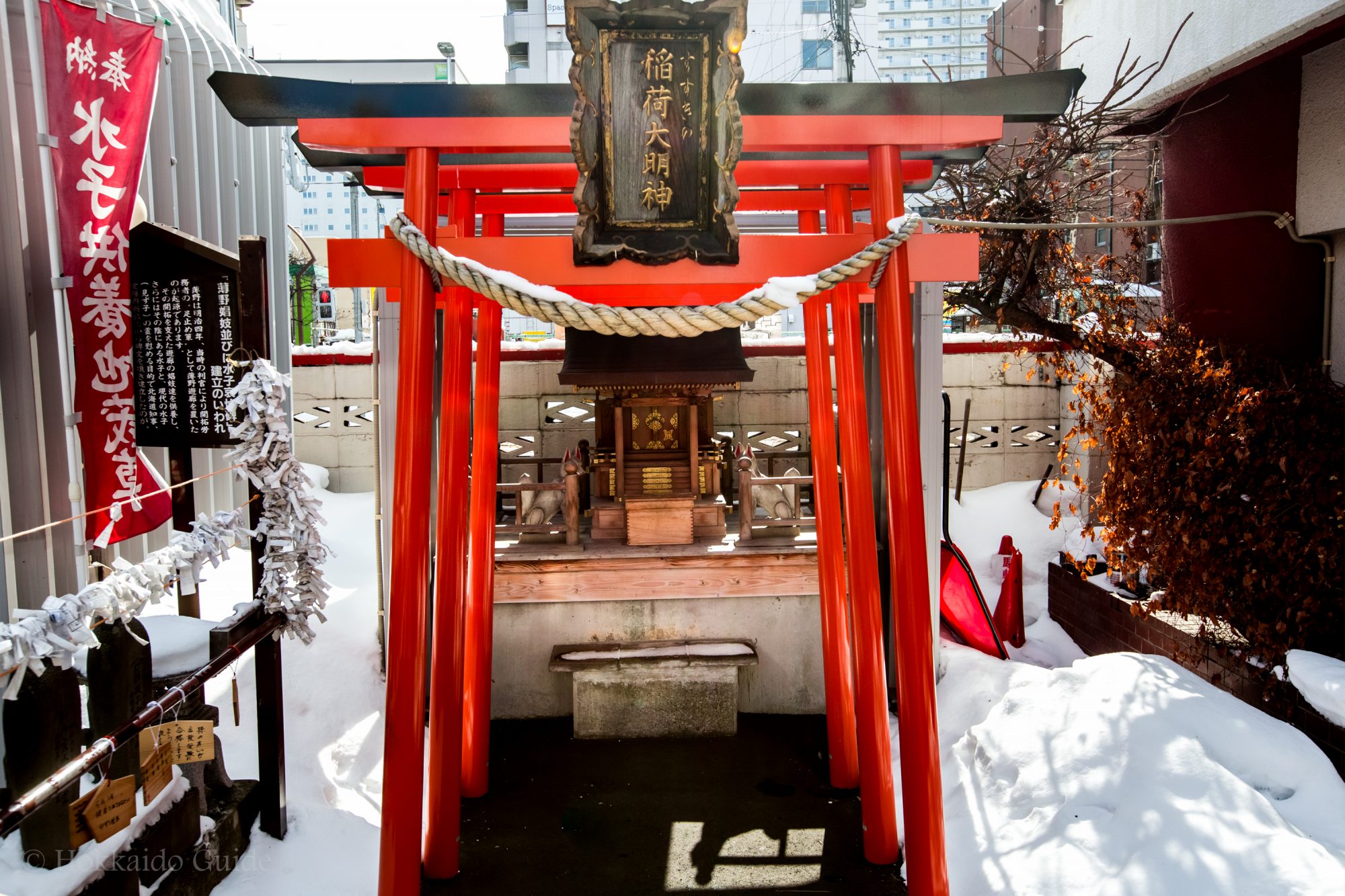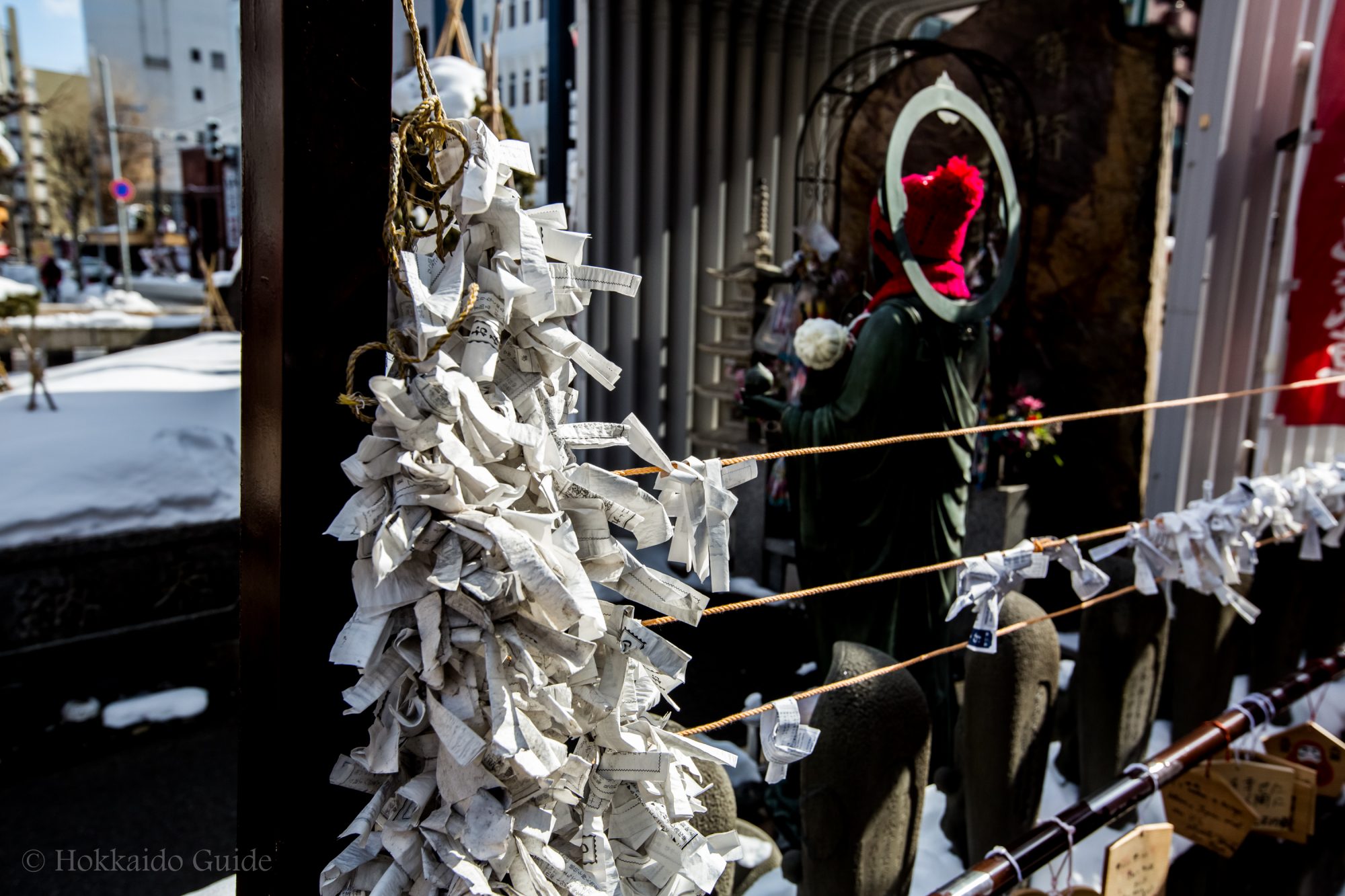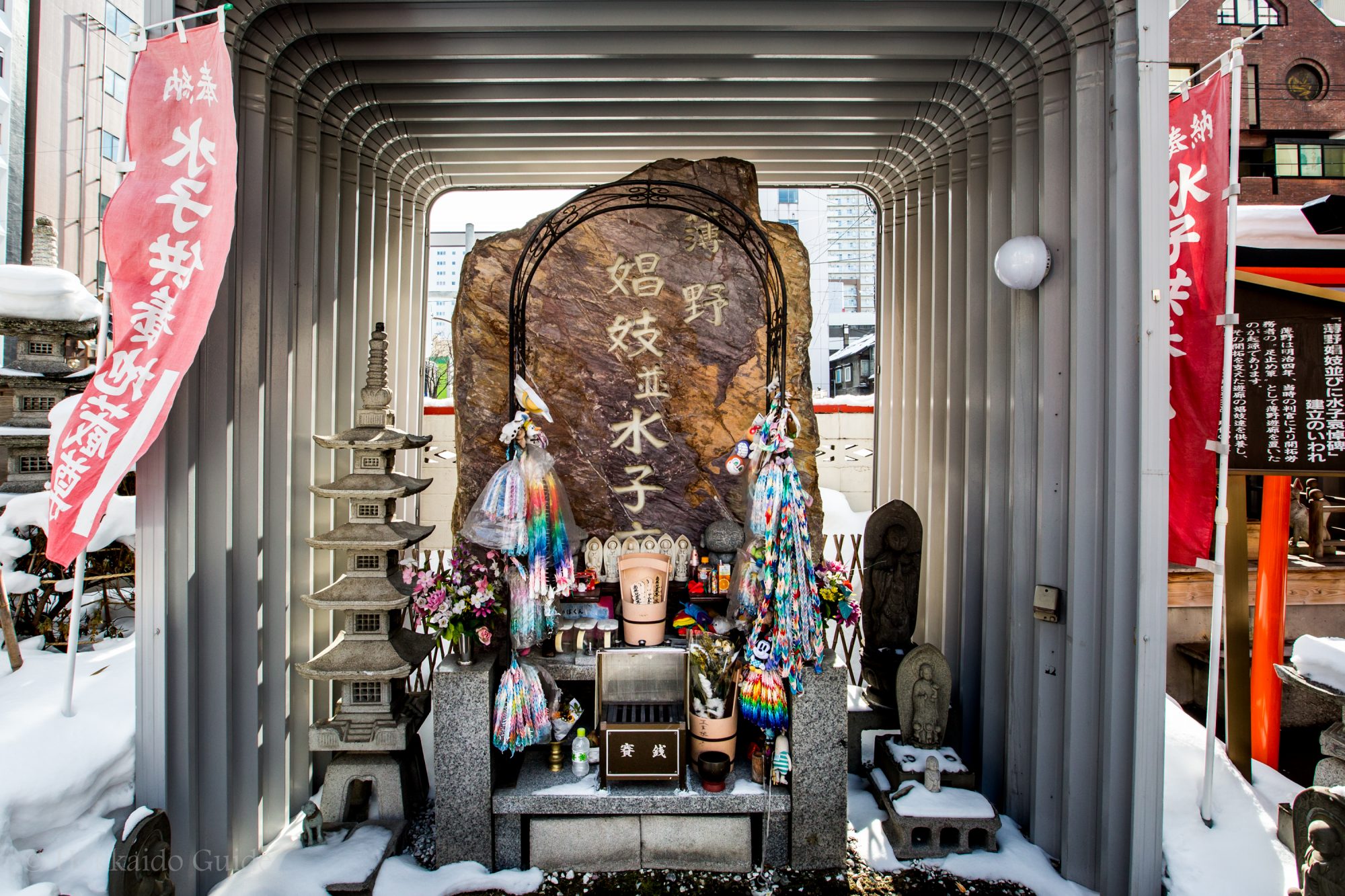
Tag: Temple
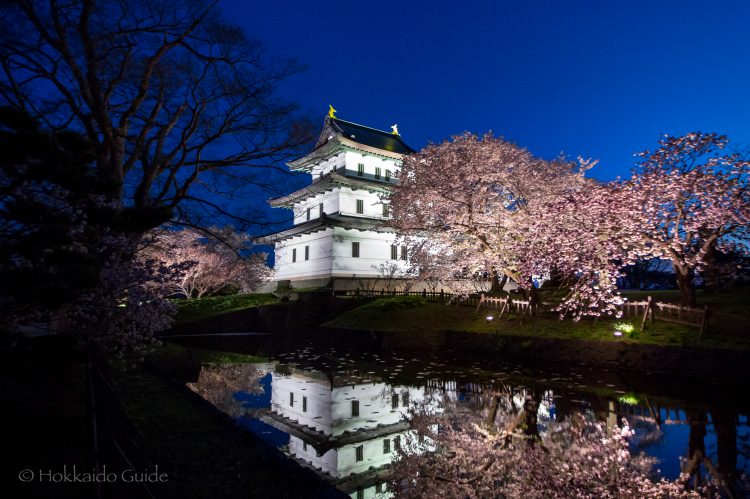
Matsumae Castle
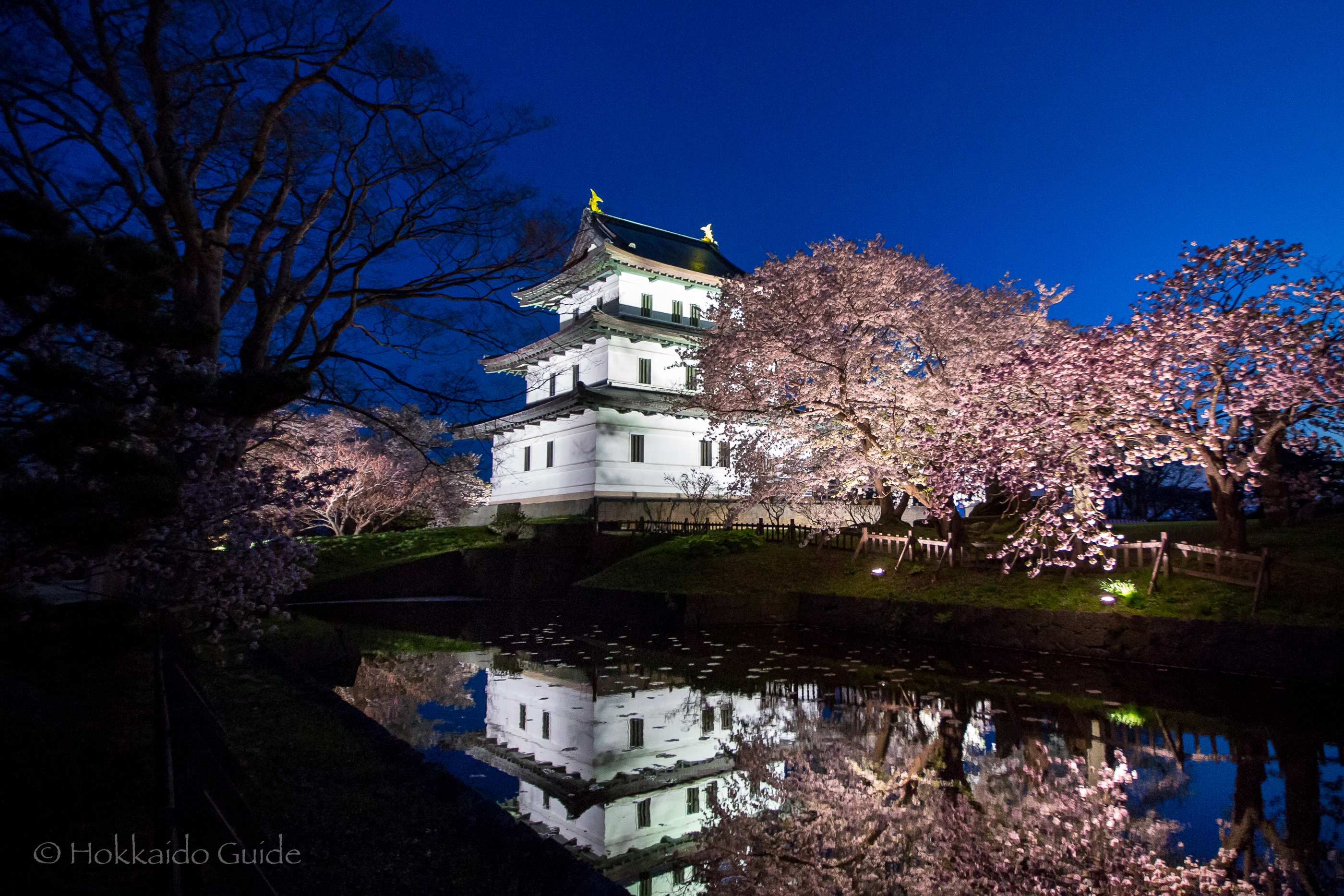
| Admission | ¥360 Adults / ¥290 Group ¥240 Students / ¥190 Group Children free *Groups of 10 or more |
| Opening Hours | 9:00 - 17:00 April 10 to December 10 |
| Closed | Winter |
| Contact | 0139-42-2216 |
| Notes | Wheelchair access April & May busy, need early reservations for hotels, weeks in advance |
| Location / Getting There | 6 hour drive from Sapporo or 2 hour bus ride from Hakadote. Matsujo, Matsumae-cho, Matsumae-gun, Hokkaido, Japan 049-1511 |

Sunset on the hill
[the_ad id=”4264″]
Great spot for photos
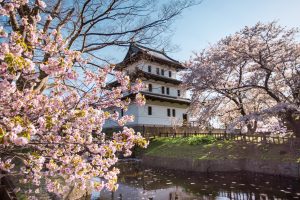
How to get there
Matsumae is a town located at the very bottom of Hokkaido and from Sapporo, it takes a while to get there. Having your own transport is the optimum means of getting there. To rent a car would be the cheapest and fastest way. For those who can only take public transport, train and then bus are your options.
| From Sapporo to Hakadote | Super Hokuto Limited Express Super Hokuto 12 (platform 4) 3 hours and 30 minutes | ¥8,830 |
| Shin-Hakodate-Hokuto Station to Kikonai Station | Tohoku-Hokkaido Shinkansen Hayabusa Hayabusa 34 towards Tokyo (platform 11) 12 minutes | ¥3,250 |
| Kikonai Station to Kikonai Ekimae Bus Stop | Walk 5 minutes | - |
| Kikonai Ekimae Bus Stop to Matsushiro (Matsumae) Bus Stop | 6:20, 7:38, 9:00, 11:10, 12:10*, 14:52, 15:20, 16:50*, 17:55*, 19:15 90 minutes | ¥1370 |
| Matsushiro Bus Stop to Matsumae Castle | Walk 400 meters 5 minutes | - |
- Quiet atmosphere
- Grounds open during the evening
- Evening shots
How to get back
| Matsumae Castle to Matsushiro (Matsumae) Bus Stop | Walk 400 meters 5 minutes | - |
| Matsushiro (Matsumae) Bus Stop to Kikonai Ekimae Bus Stop | 5:22*, 6:21, 7:20*, 8:44, 9:50*, 10:37, 12:34, 14:22, 15:52, 18:03 90 minutes * to Hakodate | ¥1,370 |
| Kikonai Ekimae Bus Stop to Kikonai station | Walk 5 minutes | - |
| Kikonai Station to Shin-Hakodate-Hokuto Station | Tohoku-Hokkaido Shinkansen Hayabusa Hayabusa 23 towards Shin-Hakodate-Hokuto 12 minutes | ¥3,250 |
| Shin-Hakodate-Hokuto Station to Sapporo | Hokuto or the Super Hokuto Limited Express on the Hakodate Line. 3 hours 30 minutes | ¥8,830 |
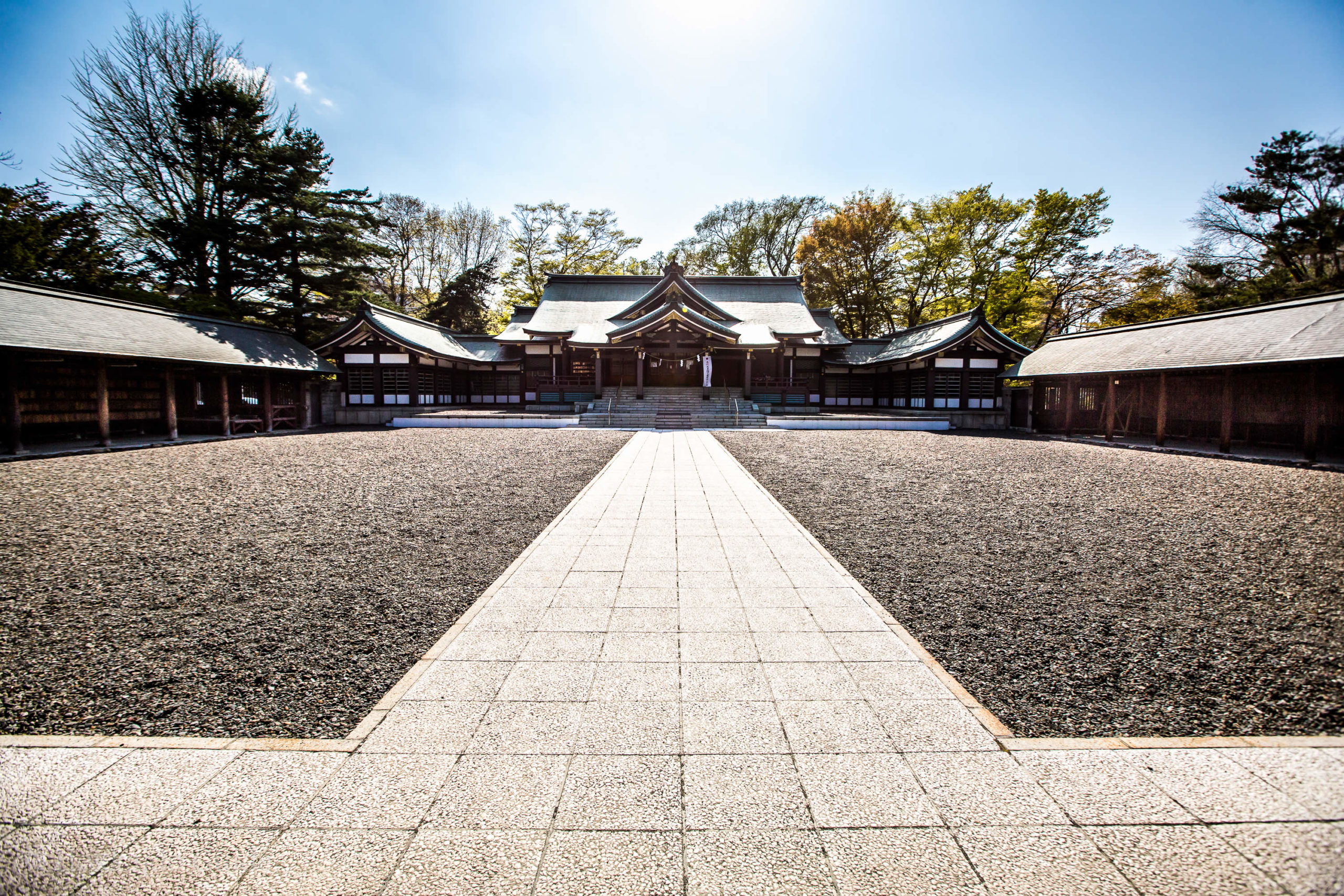
Sapporo Gokoku Shrine

| Admission | Free |
| Opening Hours | - |
| Closed | - |
| Contact | 011-511-5917 |
| Notes | Buddhist temple |
| Location / Getting There | 5 minute walk from Nakajima station Hokkaido, Sapporo-shi, Chūō-ku, Minami 7 Jōnishi, 4 Chome−1−1 |
Immersed in history
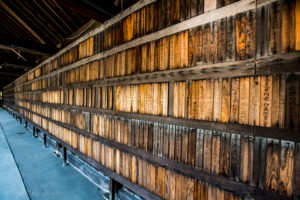
[the_ad id=”4264″]
Gokoku shrine during spring
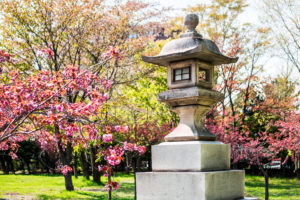
| January 1st | New Year Day's festival from 7:00. From 10:00 prayers and blessings for cars are offered. Call for reservation |
| Febrauary 3rd | Setsubun Festival (bean throwing at spirits) from 15:00 |
| June first Saturday | Shinkuen Festival from 10:00 - 15:00 |
| July 5th | Concert Festival from 18:00. For members. |
| July 6th & 7th | Great Festival |
| August 7th & 8th | Taga Shrine Festival |
| October 15th | Shicho-go-san Festival |
| December 31st | Night Festival |
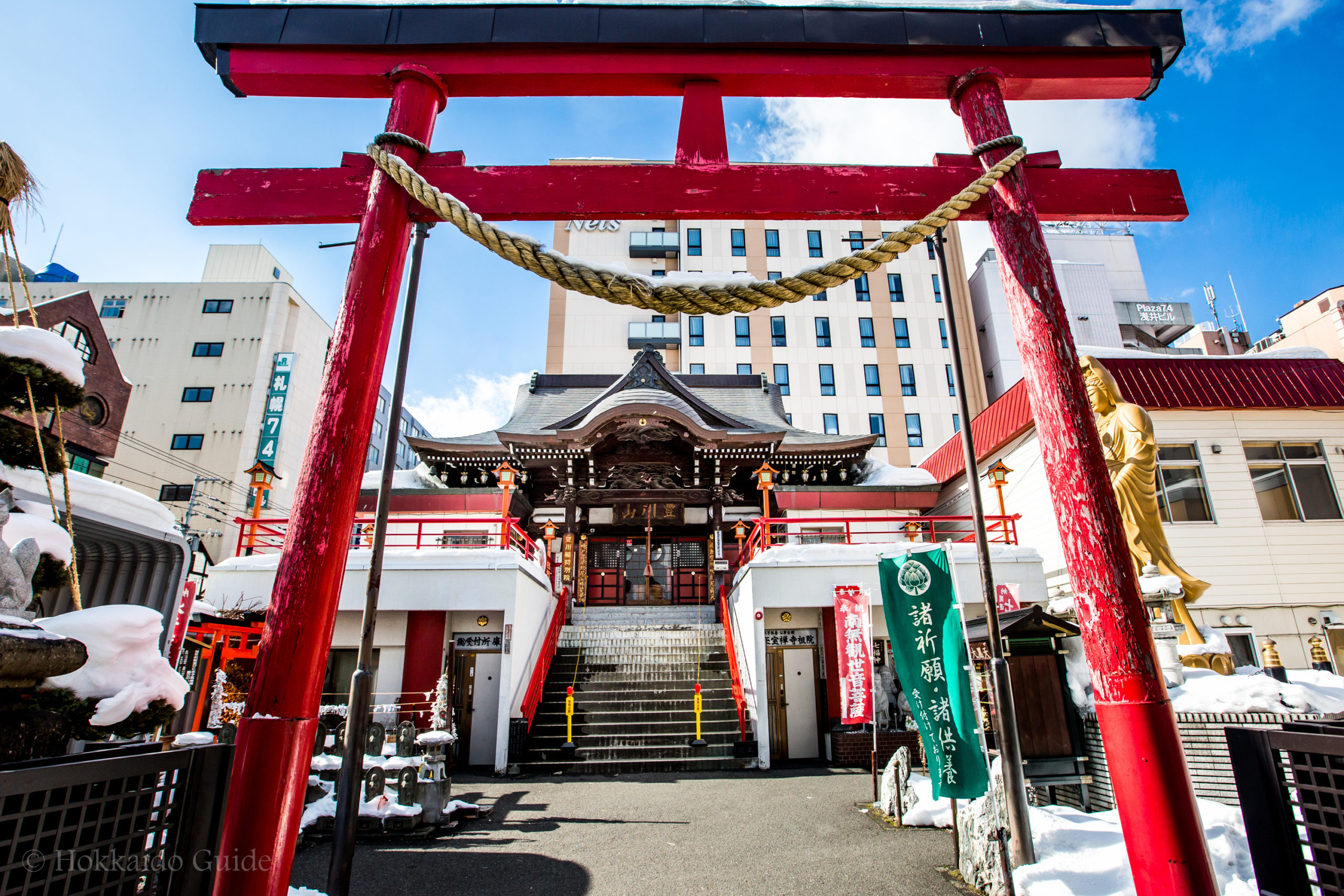
Tama Temple & Toyokawa Inari shrine
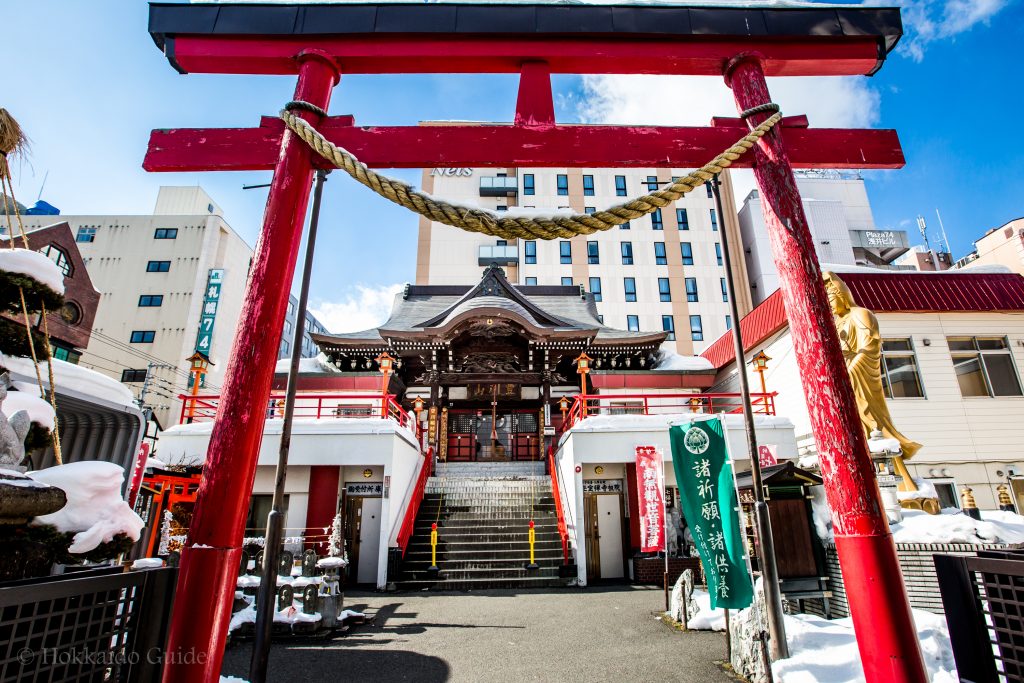
| Admission | Free |
| Opening Hours | - |
| Closed | - |
| Contact | 011-511-5917 |
| Notes | Buddhist temple |
| Location / Getting There | 5 minute walk from Nakajima station Hokkaido, Sapporo-shi, Chūō-ku, Minami 7 Jōnishi, 4 Chome−1−1 |
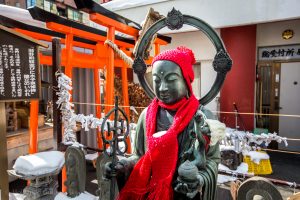 Tama Temple and Toyokawa Inari shrine were founded in 1891 and are located in the Susukino district of Sapporo. The temple is made of wood and reinforced concrete and is a nice small temple to visit. With the shrine right by, and in a convenient location, its a good spot to take some photos of not only the shrine, bu the many small statues around the temple. The Toyokawa Inari shrine is believed to have been built as a guardian company of Tamaji.
Tama Temple and Toyokawa Inari shrine were founded in 1891 and are located in the Susukino district of Sapporo. The temple is made of wood and reinforced concrete and is a nice small temple to visit. With the shrine right by, and in a convenient location, its a good spot to take some photos of not only the shrine, bu the many small statues around the temple. The Toyokawa Inari shrine is believed to have been built as a guardian company of Tamaji.
[the_ad id=’4264′]
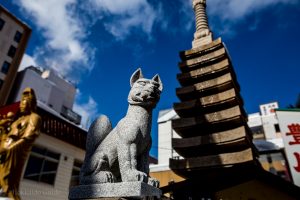 The shrine is said to have “watched Suzukino’s emotions and sorrows for years, and witnessed its prosperity”. The “gate pillar” has inscriptions of certain geisha during this time. A small garden was maintained in the precincts of the Inari shrine, and upon entering the area on the left you can see the ‘Mizuko Mourning Monument’. This shrine seems to have a sad past concerning children lost at birth. Tama Temple is one of the few remnants of the old days during the period of the shogun of Hokkaido.
The shrine is said to have “watched Suzukino’s emotions and sorrows for years, and witnessed its prosperity”. The “gate pillar” has inscriptions of certain geisha during this time. A small garden was maintained in the precincts of the Inari shrine, and upon entering the area on the left you can see the ‘Mizuko Mourning Monument’. This shrine seems to have a sad past concerning children lost at birth. Tama Temple is one of the few remnants of the old days during the period of the shogun of Hokkaido.

